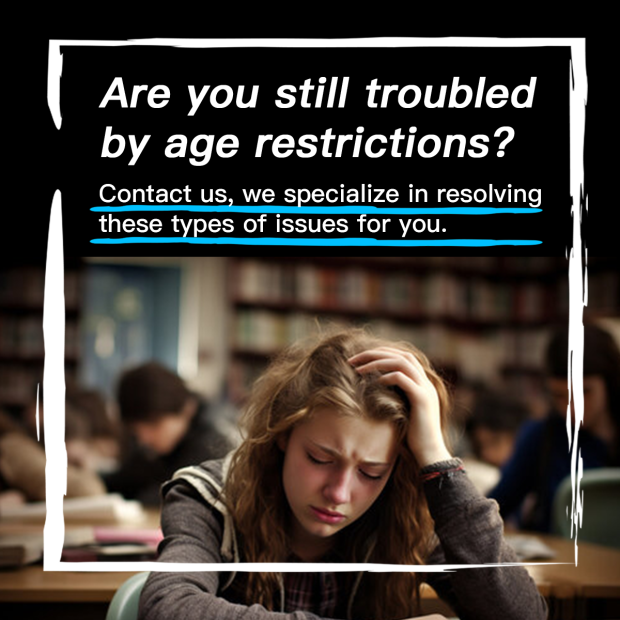A Real ID is an important form of identification in the United States. It complies with the requirements of the Real ID Act of 2005, which was enacted to enhance the security of state – issued identification cards and driver’s licenses. This ID has special features and security measures that make it more reliable for certain federal – related purposes such as boarding domestic flights and accessing some federal facilities.
Understanding Real ID Requirements
The Real ID has specific documentation requirements. Generally, applicants need to provide proof of identity, such as a valid passport, a certified birth certificate, or a permanent resident card. For those with a limited – term visa, the situation can be a bit more complex.
When applying for a Real ID with a limited – term visa, in addition to the visa itself, you will likely need to provide other supporting documents. These may include your I – 94 arrival/departure record, which shows your legal entry into the United States and your authorized period of stay. This document is crucial as it verifies your immigration status and the legality of your presence in the country during the application process.

The Application Process
- Research and Preparation: First, research the specific requirements of the Department of Motor Vehicles (DMV) in the state where you are applying. Each state may have some variations in the application process and the required documents. Gather all the necessary documents well in advance. This includes making sure your limited – term visa is still valid, your I – 94 is up – to – date, and you have any other required identity or residency documents. For example, if you are living in a rental property, you may need to provide a lease agreement or a utility bill in your name as proof of residency.
- Visit the DMV: Once you have all your documents in order, visit your local DMV office. It is advisable to make an appointment in advance to avoid long waiting times. When you arrive, take a number and wait for your turn to meet with a DMV representative. Be prepared to present all your original documents. The DMV staff will verify the authenticity of your documents and enter your information into their system.
- Complete the Application Form: Fill out the Real ID application form accurately. Provide all the required personal information, such as your full name, date of birth, address, and contact information. Make sure to double – check the information you enter to avoid any errors that could delay the processing of your application.
- Pay the Application Fee: There is usually an application fee associated with obtaining a Real ID. The amount may vary by state. You can pay the fee using the accepted payment methods at the DMV, such as cash, credit card, or check. Keep the receipt as proof of payment.
- Take a Photo and Provide a Signature: The DMV will take a new photo of you for your Real ID. Follow their instructions regarding proper attire and positioning for the photo. You will also be required to provide a signature, which will be scanned and added to your Real ID record.
- Wait for Processing: After submitting your application and all the necessary documents, you will need to wait for the DMV to process your application. The processing time can vary, but it usually takes a few weeks to a couple of months. You may be able to track the status of your application online if the DMV provides such a service.
- Receive Your Real ID: Once your application is approved, you will receive your Real ID in the mail. Make sure to check the information on the ID to ensure its accuracy. If there are any errors, contact the DMV immediately to have them corrected.
Common Problems and Solutions
1. Incomplete Documentation
Problem: One of the most common issues is not having all the required documents. For example, forgetting to bring the I – 94 or having an expired visa.
Solution: Thoroughly research the documentation requirements well in advance. Create a checklist and cross – check each document as you gather them. If your visa is about to expire, consider renewing it before applying for the Real ID. In case you lose your I – 94, you can obtain a copy from the U.S. Customs and Border Protection (CBP) website or by visiting a CBP office.
2. Inaccurate Information on the Application Form
Problem: Entering incorrect personal information, such as misspelling your name or providing a wrong address, can lead to delays or even rejection of the application.
Solution: Carefully review the application form before submitting it. If possible, have someone else double – check it as well. If you discover an error after submitting the form, contact the DMV immediately and follow their instructions on how to correct the information. This may involve providing additional documentation or filling out a correction form.

3. Long Wait Times at the DMV
Problem: DMV offices can be busy, and waiting for a long time can be frustrating, especially if you have other commitments.
Solution: Make an appointment in advance. Most DMV websites allow you to schedule an appointment online. If an appointment is not available, try to visit the DMV during off – peak hours, such as early in the morning or late in the afternoon. You can also check the DMV’s website or call their customer service to find out the busiest and least – busy times.
4. Rejection of the Application
Problem: The application may be rejected due to various reasons, such as insufficient proof of identity or residency, or if the documents provided are not considered valid.
Solution: If your application is rejected, the DMV will usually provide a reason for the rejection. Review the reason carefully and gather any additional required documents. For example, if you were rejected for lack of proof of residency, you can obtain a more recent utility bill or a new lease agreement. Once you have the necessary documents, you can re – apply for the Real ID.
5. Difficulty in Verifying the Visa Status
Problem: Sometimes, the DMV may have trouble verifying the authenticity or the current status of your limited – term visa, which can delay the processing of your Real ID application.
Solution: Contact your consulate or embassy for assistance. They may be able to provide additional documentation or verification to the DMV. You can also provide any other relevant documents that support your visa status, such as employment or study – related documents that show you are in the United States legally.
6. Lost or Stolen Documents During the Process
Problem: Losing important documents like your passport, visa, or I – 94 during the Real ID application process can be a major setback.
Solution: Report the loss or theft immediately. If it’s your passport or visa, contact your embassy or consulate to start the replacement process. For the I – 94, you can request a replacement from the CBP. In the meantime, make sure to keep copies of any documents you had submitted to the DMV, as they may be helpful in proving your identity and immigration status during the replacement process.
7. Language Barriers
Problem: If English is not your first language, understanding the application process and the requirements can be challenging.
Solution: Many DMV offices offer language – assistance services. You can request an interpreter when making an appointment or visiting the office. Additionally, some DMV forms and instructions are available in multiple languages. You can also ask a friend or family member who is fluent in English to help you with the application process.
Fake ID Pricing
unit price: $109
| Order Quantity | Price Per Card |
|---|---|
| 2-3 | $89 |
| 4-9 | $69 |
| 10+ | $66 |




